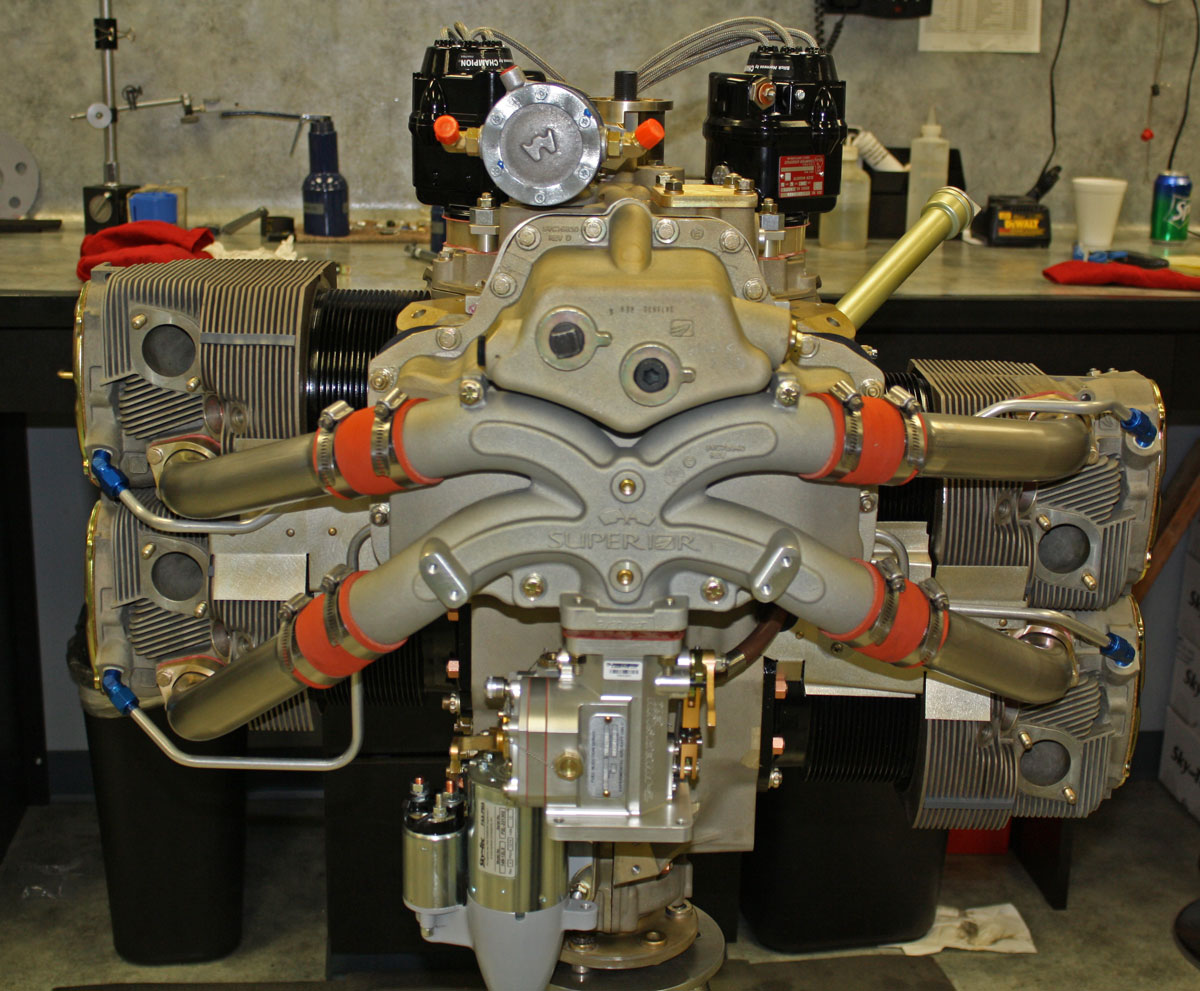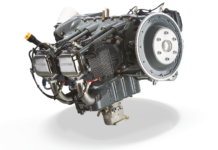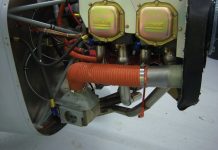With about 370 hours on my Superior XP-360 engine, I had developed several small leaks that were difficult to track down, but I discovered a very simple and foolproof method to find their source.

I’ve read about certain dyes that can be added to fluid systems (oil, coolant, refrigerant, etc.) for leak detection that use their fluorescent capability. Shine a UV (black) light on these dyes and the liquid with the dye dissolved in it glows a certain color like green, red, pink, etc. I tracked down manufacturers of this dye, and complete kits (black light, dye, and safety-type glasses tinted yellow to amplify the effect of the black light) for a hundred dollars or so.
But with the safety consciousness all of us employ, I called Superior to get their approval to add one of these dyes to the crankcase. “Sure, no problem,” they replied. With their answer so quick, I wondered if the tech support guy really knew what I was talking about. So, I call Lycoming: “Absolutely not… do not add any dye to your crankcase.” Hmm, now what? So, figuring I would “split” the vote, I called Continental customer support and posed the question to them. Their response: “Sure, adding dye is not a problem, but you don’t need to… aviation oil already has the fluorescing dye in it.”
Wow, so now I just needed to find a black light. A quick search on Google and, what do you know, but Walmart sells black light “flashlights” in the sporting goods department for a whopping $10 along with their other flashlights. I already had a pair of yellow safety glasses for chainsawing, so I was in business.
This method is fantastic at finding very small traces of oil and I used it a number of times to track down my pesky leaks, and now all are fixed.
By the way, I found one source of the problem— my breather vent pipe had rotated so that the bevel cut was facing into the oncoming airflow, actually pressurizing the crankcase instead of developing an assisting negative pressure.
All in all, a great lesson in diagnosis and worth way more than the $10 it cost to implement.




This just paid for my new membership fee . . . time and money.
Thanks!